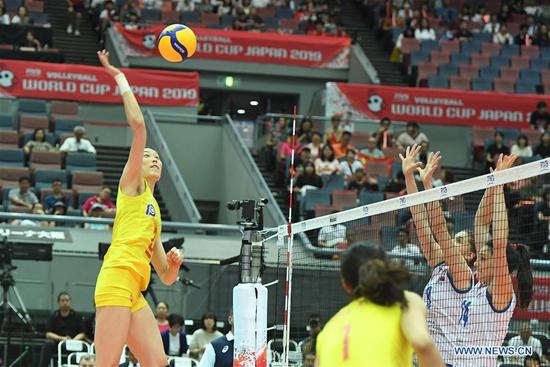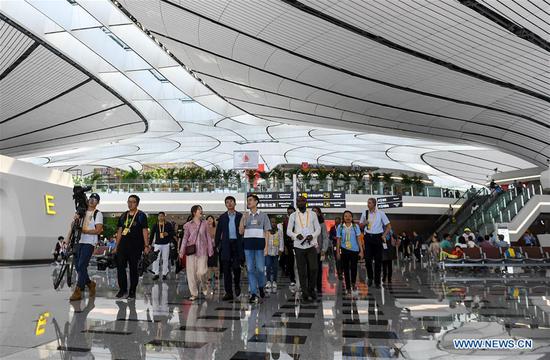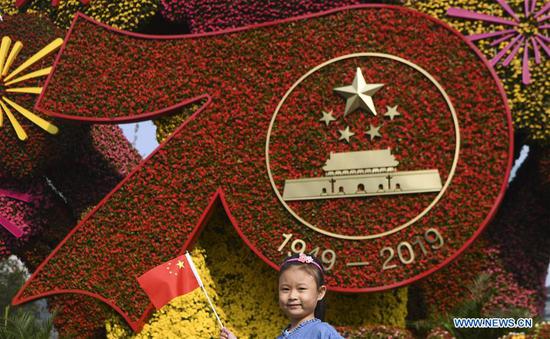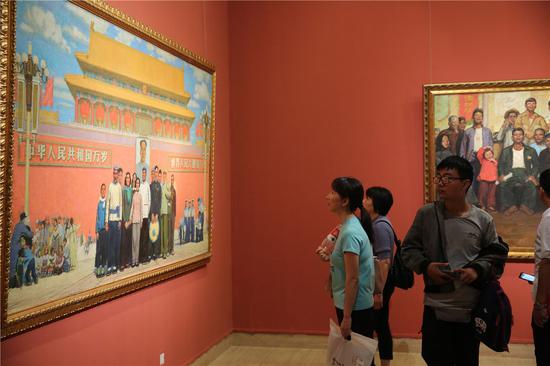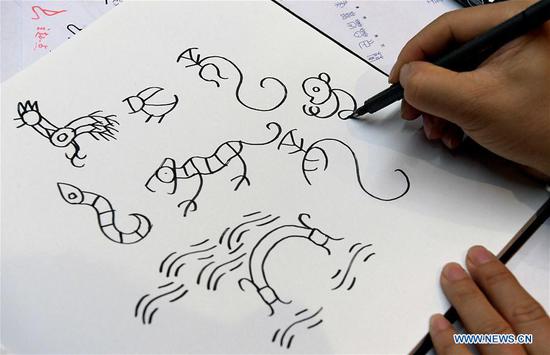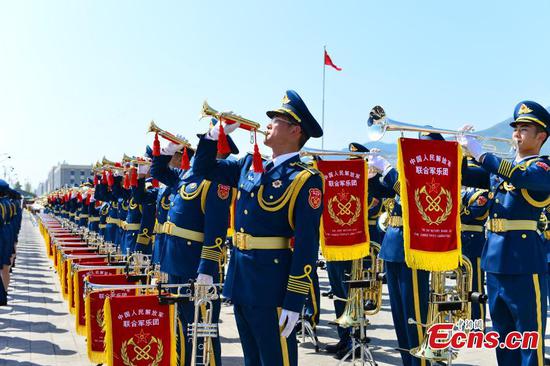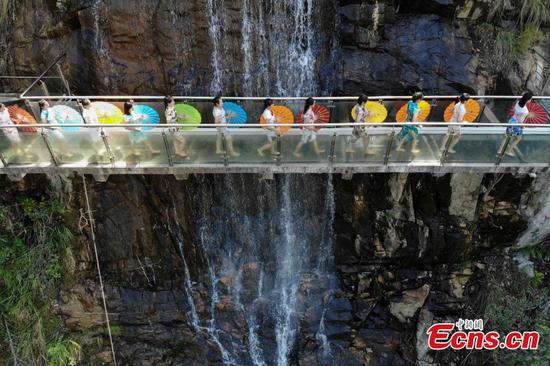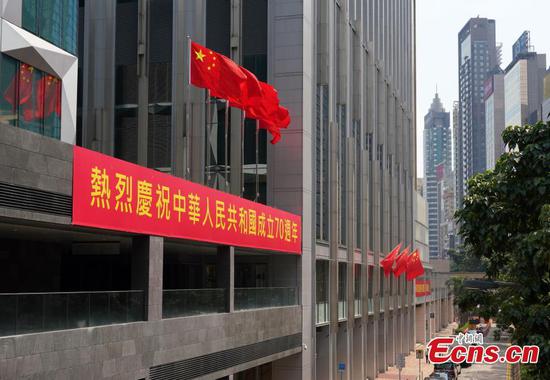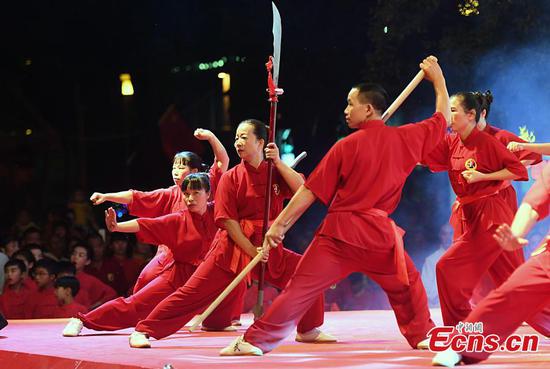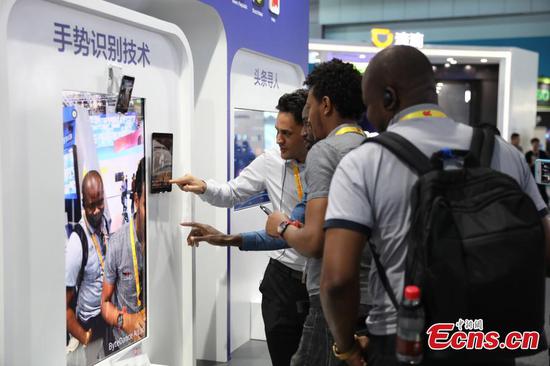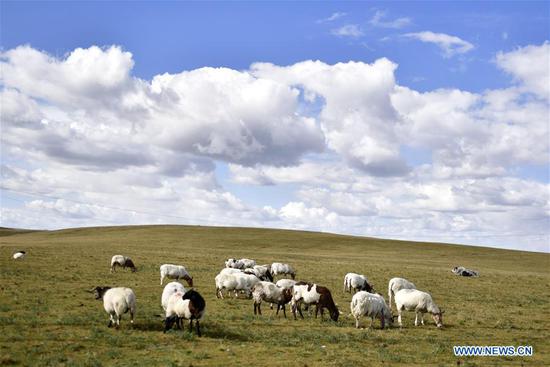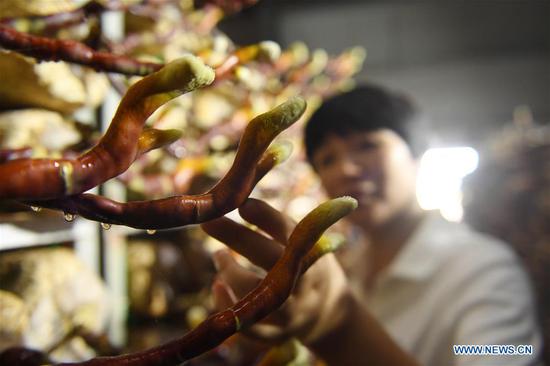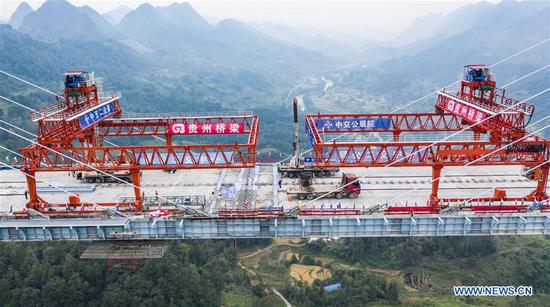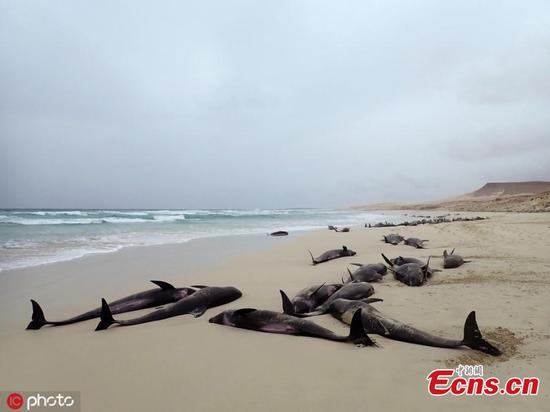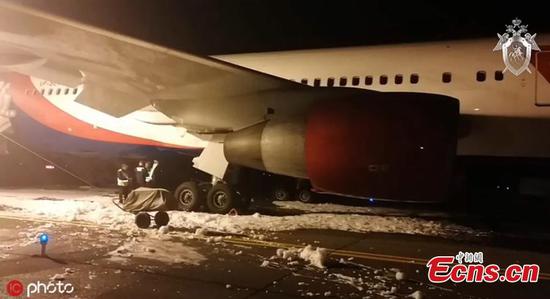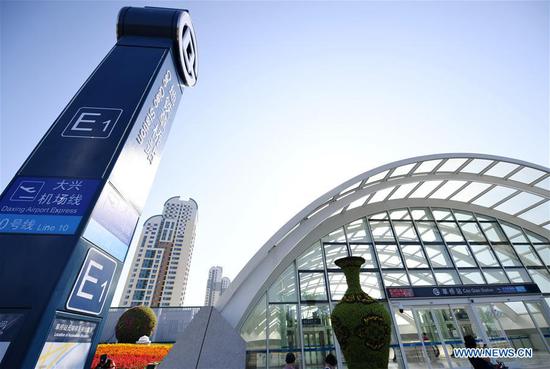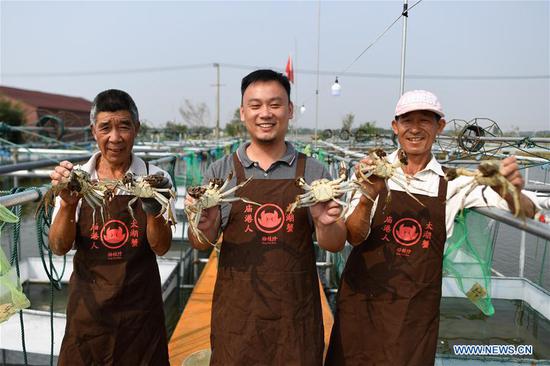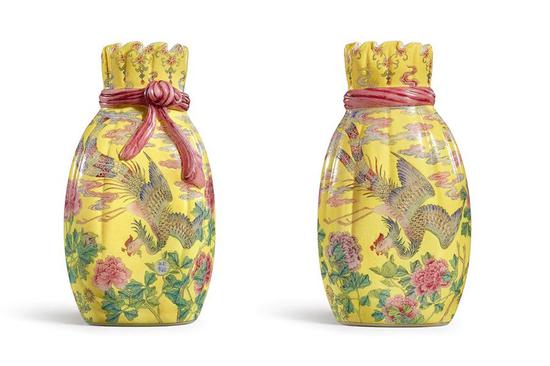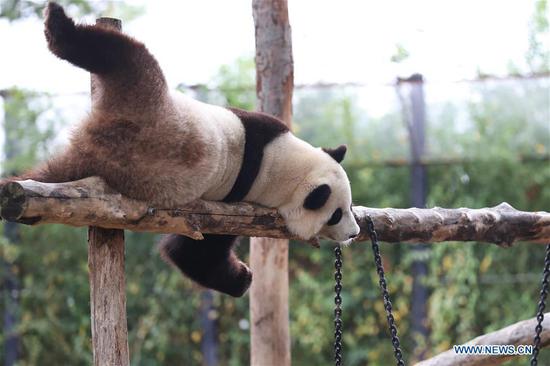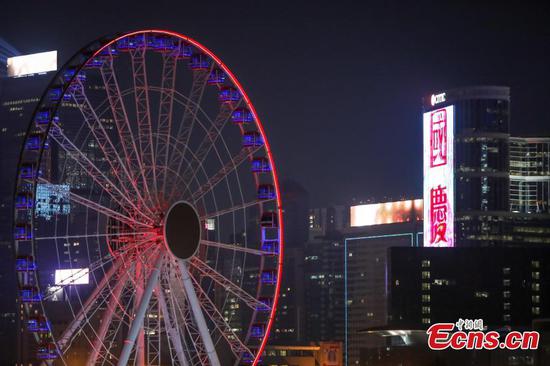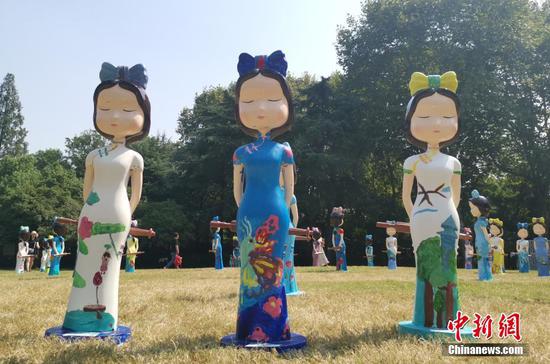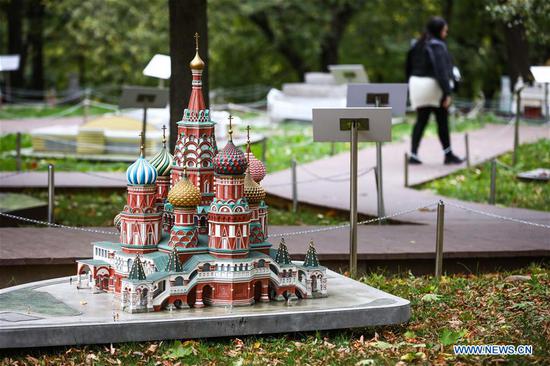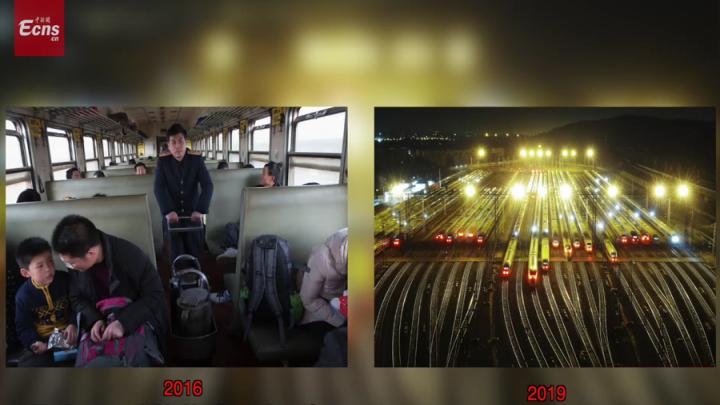![A technician works on the production line of a machinery company in Luannan county, Hebei province. [Photo/Xinhua]](http://image.cns.com.cn/ecns_editor/transform/20190929/hd8H-fzpkntw0612873.jpg)
A technician works on the production line of a machinery company in Luannan county, Hebei province. [Photo/Xinhua]
Profits of major Chinese industrial firms shrank in the first eight months, leading to calls for further support for sectors hit by slowing orders and softening prices.
At the same time, some key industries and high-end sectors showed signs of rebounding profitability in the January-August period.
The National Bureau of Statistics said on Friday that profits among major industrial enterprises slumped 1.7 percent year-on-year to 4.02 trillion yuan ($563 billion) in the first eight months, a similar decrease compared with the January-July period.
Specifically, profits of industrial enterprises above a designated size dipped 2 percent year-on-year in August, compared with a 2.6 percent increase in July.
Zhu Hong, an NBS senior statistician, said the decline in industrial profits in August was mainly affected by the slowdown in industrial production and sales, dwindling producer prices, a super typhoon that battered coastal China and other unfavorable factors.
Among the 41 industries surveyed, 28 sectors saw a year-on-year increase in total profits in the first eight months, while 13 sectors witnessed profit declines.
Zhu said some major industries and high-end sectors have benefited from a profit recovery in the January-August period including automotives, electronics, nonferrous metals, equipment manufacturing, high-tech manufacturing and emerging sectors.
Nonferrous metals posted 9.7 percent profit growth in the first eight months, 3.7 percentage points higher than that of the first seven months.
NBS data showed that January-August high-tech manufacturing and emerging sectors posted profit growths of 2.8 percent and 3 percent, respectively, 1.6 percentage points and 0.5 percentage point higher than that of the first seven months. Automotive manufacturing saw the decline in profit narrowing by 4.2 percentage points, Zhu said.
Tang Jianwei, chief researcher at the Bank of Communications' Financial Research Center, attributed the profit decline to weak factory activity and mounting downward pressure.
"As the producer price index declined for a second consecutive month in August, it's hard to see a significant jump in industrial profits," Tang said. "As a result, both fiscal and monetary policies will continue to emphasize countercyclical adjustment. First, fiscal policy should be strengthened and policies of cutting taxes and fees should be further implemented so as to lighten the burden on enterprises. Second, more efforts are needed to alleviate difficulties in accessing affordable financing to bring about substantial reduction in financing costs for the real economy."
Tang added that to ensure implementing the tax and fee reduction policy more thoroughly, the government needs to bolster support for enterprises that create more jobs and focus on innovation, such as small-scale businesses.
In the first eight months, profits generated by private companies and small enterprises jumped 6.5 percent and 10.3 percent, respectively, the NBS said.
"As far as future trends are concerned, we may continue to face pressure from declining profits," said Mei Xinyu, a senior researcher at the Chinese Academy of International Trade and Economic Cooperation. "Given the sluggish global economic growth and the ongoing trade friction with the United States, industrial enterprises are likely to see lower profit margins in the future."
Mei said that China should not resort to massive stimulus measures.
"Actually, a certain amount of pressure is necessary (to provide motivation) for some enterprises, which will help foster long-term sustainable development of our economic system." Mei added.
Tang said the future development of industrial companies depends on whether the economy will recover and whether large-scale tax cuts will actually benefit companies.











